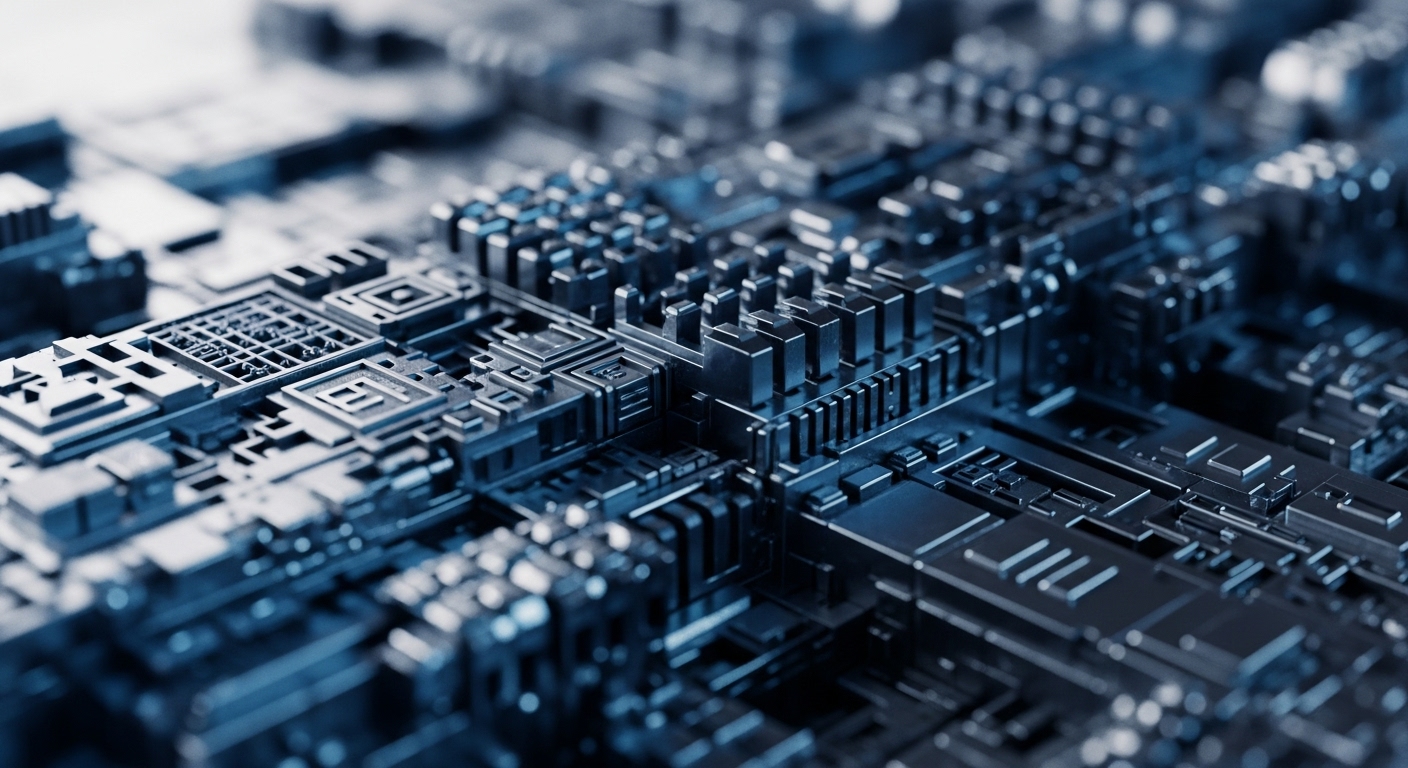
Briefing
Aethir has decisively validated the Decentralized Physical Infrastructure Networks (DePIN) model by scaling its network to over 435,000 active GPU containers, translating directly into a $147 million Annual Recurring Revenue (ARR) run rate. This achievement fundamentally shifts the cost and access dynamics for high-demand computing, primarily serving enterprise clients in the AI inference and cloud gaming verticals. The nine-figure ARR signals product-market fit and a defensible economic moat built on real-world utility, establishing a new benchmark for infrastructure-layer network monetization.

Context
Before Aethir’s scale, the application layer faced a critical bottleneck ∞ the scarcity and monopolistic pricing of high-end GPUs, a problem exacerbated by the explosion of AI model training and cloud gaming demand. Builders and enterprises were reliant on a few centralized cloud providers, resulting in unpredictable costs, vendor lock-in, and significant latency for geographically dispersed users. This friction limited the development of decentralized applications requiring massive, scalable compute resources, creating a clear product gap in the decentralized compute market.

Analysis
The platform alters the application layer by transforming GPU ownership into a liquid, shared resource. Its specific system change is the efficient, decentralized orchestration of these 435,000 containers , enabling enterprises to acquire compute power on-demand without the capital expenditure or operational complexity of centralized providers. This creates a chain of cause and effect ∞ lower compute costs for dApp developers, which allows for richer, more complex user experiences in Web3 gaming and more competitive pricing for AI services. Competing DePIN protocols must now demonstrate comparable scale and enterprise-grade reliability to challenge Aethir’s first-mover advantage in high-value B2B compute provision.

Parameters
- Annual Recurring Revenue (ARR) ∞ $147 Million. The projected annual revenue run rate, validating the protocol’s commercial viability and market capture.
- GPU Container Count ∞ 435,000+. The total number of decentralized computing units actively providing service to the network.
- Cumulative Service Hours ∞ 1.4 Billion. The total operational time of computing services delivered to clients by Q3 2025.
- Q3 Revenue ∞ $39.8 Million. The actual revenue generated in the third quarter of 2025.

Outlook
The forward-looking strategy involves leveraging this established infrastructure as a foundational compute layer for other dApps. The next phase will likely focus on permissionless access, allowing smaller developers to tap into the network via an API for micro-transactions, creating a ‘Compute-as-a-Service’ primitive. Competitors will attempt to fork the tokenomics and node incentive structure, but Aethir’s moat is its existing enterprise client base and the physical, decentralized hardware network itself. The innovation is set to become a core building block for any Web3 application requiring heavy, reliable computation, from procedural content generation in games to on-chain machine learning models.

Verdict
Aethir’s proven ability to monetize decentralized compute at a nine-figure ARR validates DePIN as a critical, revenue-generating pillar of the decentralized application layer.
